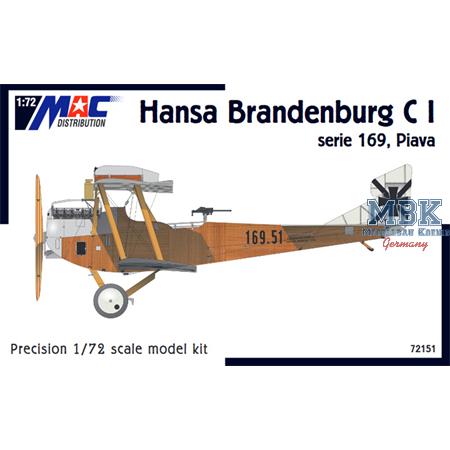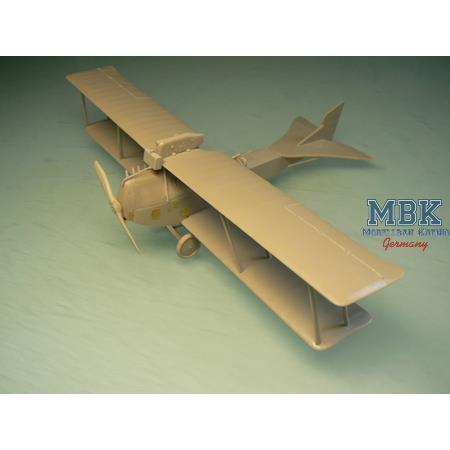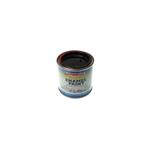It successfully performed reconnaissance, bombing and fighter tasks.
At the end of its career it was used as a training aircraft.
Its designer was the German aeronautical engineer Ernst Heinkel.
The German manufacturer delivered 80 examples of the C.I. version.
License production began in Austria-Hungary at the end of 1915 at the Albatros company, which was renamed Phönix Flugzeugwerke A.G. in February 1917.
A universal fuselage was developed for Albatros, which was first installed in the Brandenburg C.I., which was produced from April 1916 at the Hungarian Aircraft Factory AG (UFAG) in Budapest.
The standard engine was a Daimler with an output of 110 kW. When their performance was no longer sufficient for combat use in mid-1917, they were used mainly for training purposes.
However, they continued to function as combat aircraft on the less exposed sections of the front.
The Brandenburg C.I. was produced in many series that differed in appearance and parameters. The 26, 29.5, 129, 229, 329 and 429 series came from Phönix in Vienna, while the Budapest manufacturer UFAG produced the 61, 64, 67, 68, 69, 69.5, 169, 269 and 369 series.
Their wingspan was around 12.3 m, the length 8.3 to 8.4 m and the weight of the empty machine was approximately 800 to 900 kg. The maximum speed was originally 140 km/h, but was increased during the war; the machines of individual series were equipped with Mercedes, Daimler, Hiero or Benz engines.
The armament consisted of a fixed and a movable 8 mm Schwarzlose machine gun.
In addition, the Hansa-Brandenburg C.I. aircraft could carry aerial bombs with a total weight of 60–100 kg as well as radio and photo equipment under their wings.
The Hansa Brandenburg C.I. is closely linked to the history of Czechoslovak aviation.
During and after the war, many pilots and observers of Czech, German, Hungarian and Slovak nationality flew with it, who came from our area and served in the Austro-Hungarian Air Force mainly on the Eastern and Italian fronts.
After the end of the First World War, these machines were used by the air forces of Czechoslovakia, Yugoslavia, Poland, Ukraine, the Hungarian Soviet Republic, Russia and Romania, where they were also produced.
In Czechoslovakia they became the model for the Aero A-14, A-15 and A-26, which were used not only in the military air force but also in civil aviation well into the post-war years.
Plastic model kit
- with photo-etched parts
- with resin parts
unbuilt / unpainted
Paint and glue not included
Write now your personal experience with this article and help others with their purchase decision.






